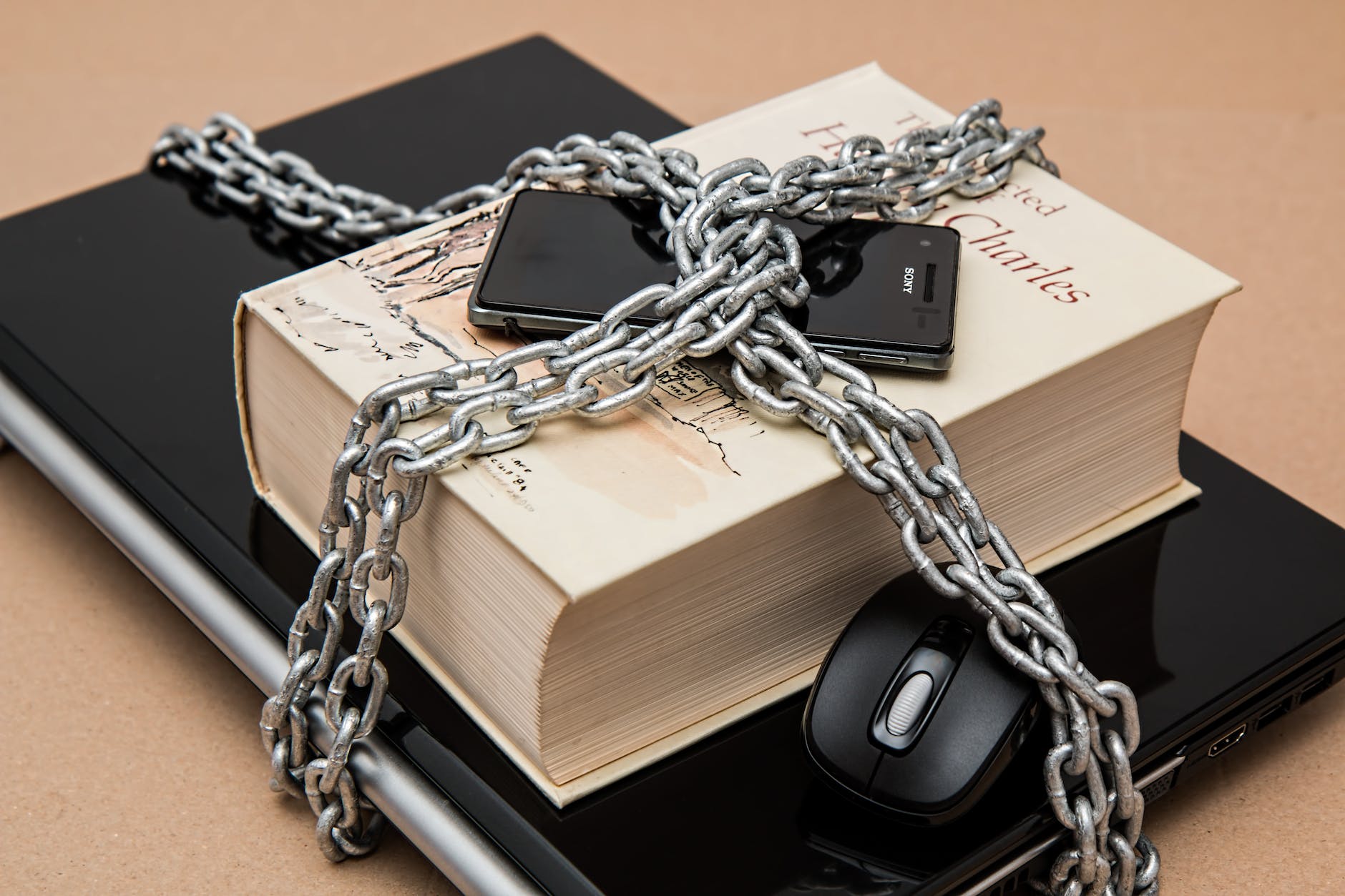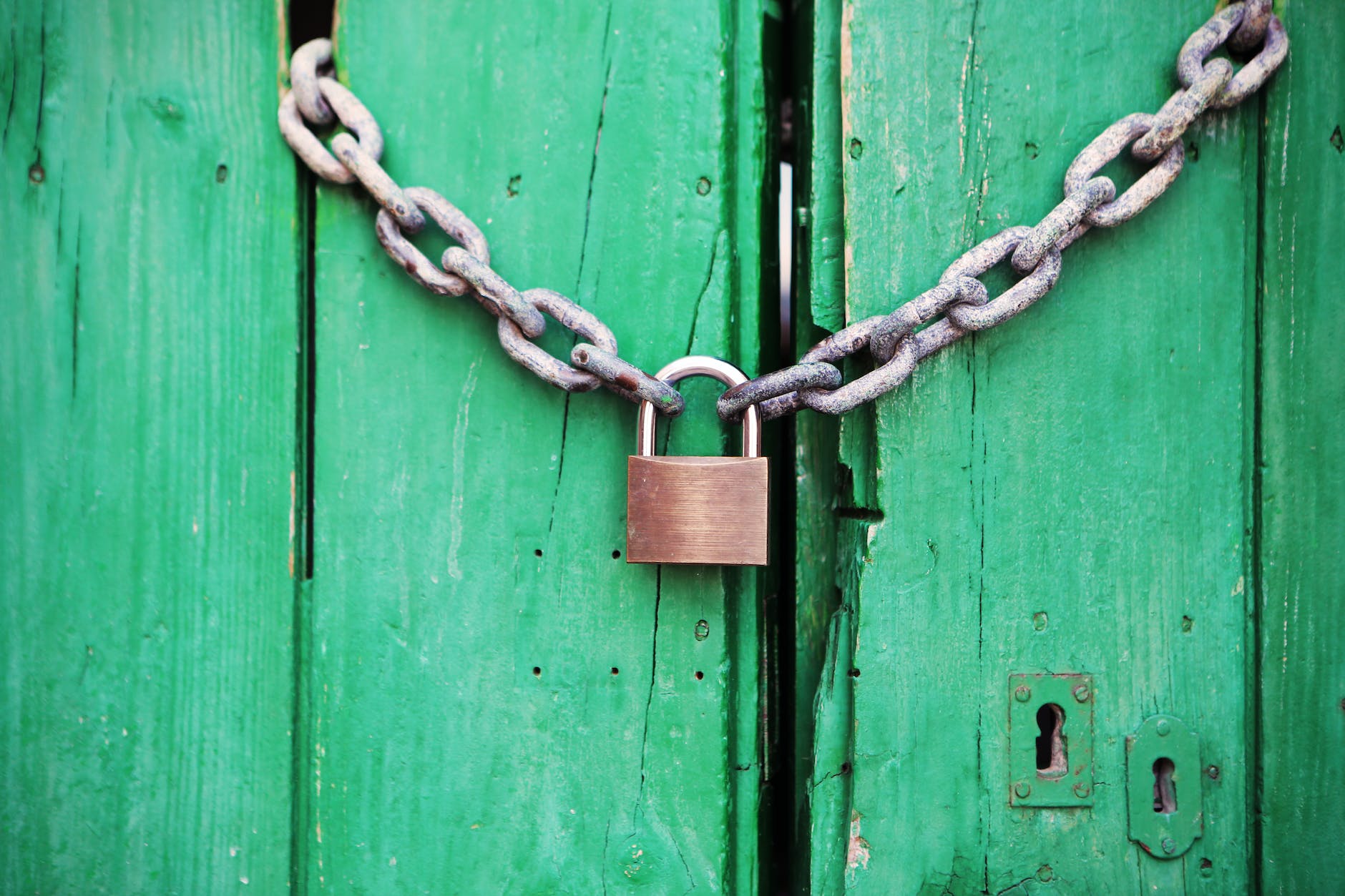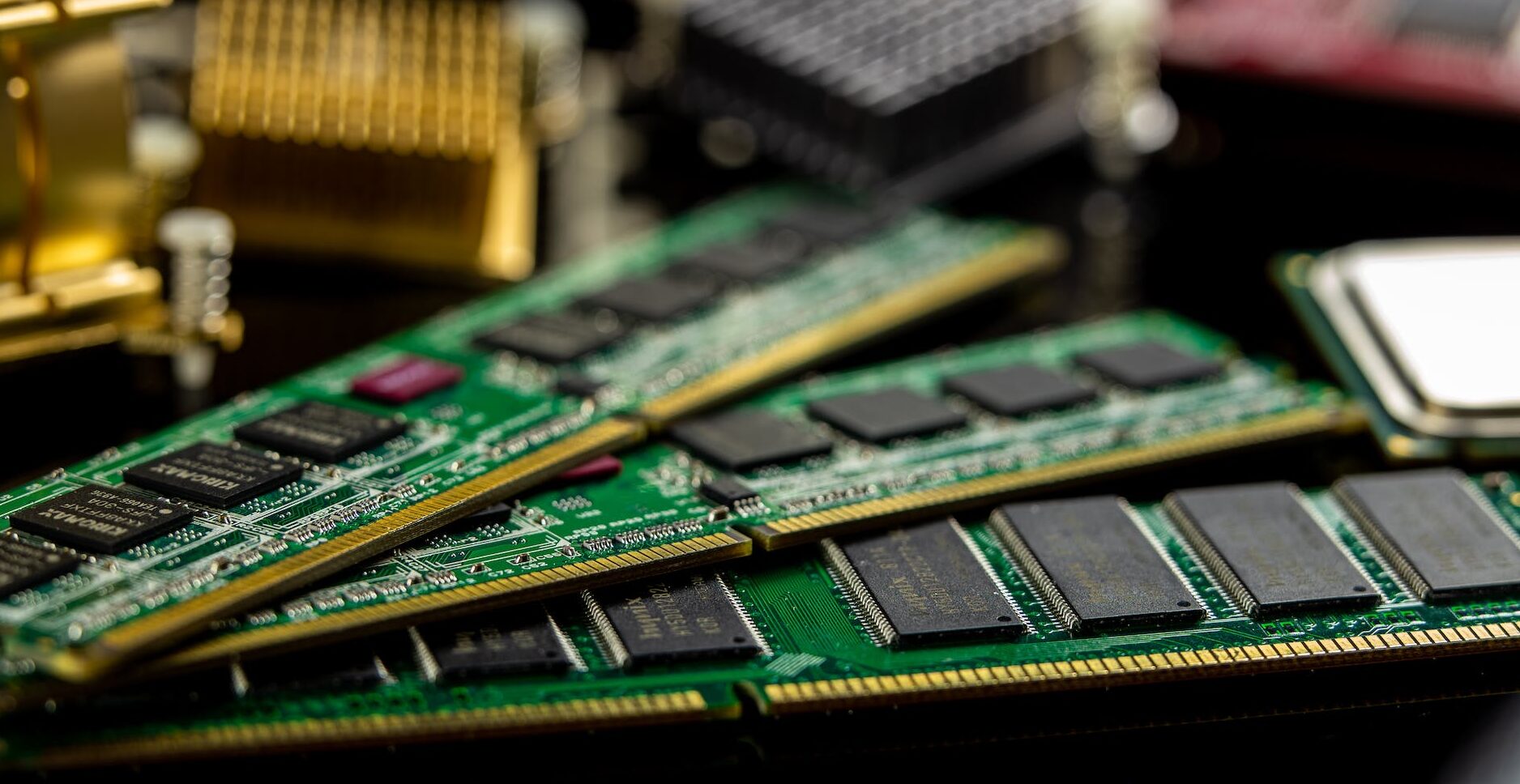MFA stands for Multi-Factor Authentication. It is a security mechanism used to verify the identity of a user by requiring them to provide multiple forms of authentication before granting access to a system, application, or account. MFA adds an extra layer of security beyond just a username and password, making it more difficult for unauthorized individuals to gain access.
Typically, MFA involves three authentication factors:
- Something You Know:
- Passwords: This is the most common form of authentication where users provide a secret passphrase.
- PINs: Short numeric codes, typically used with ATM cards or access codes.
- Something You Have:
- Security Tokens: Physical devices that generate time-based or one-time passcodes.
- Smart Cards: Credit card-sized devices with an embedded chip that contains authentication data.
- Mobile Apps: Authentication apps that generate time-based codes or push notifications.
- Backup Codes: Pre-generated codes that can be used when other authentication methods are unavailable.
- Something You Are (Biometrics):
- Fingerprint Scanners: Authenticate based on unique fingerprint patterns.
- Facial Recognition: Uses facial features to verify identity.
- Iris Scanners: Authenticate by scanning the unique patterns in the iris of the eye.

Authentication Methods in MFA:
- Two-Factor Authentication (2FA): This is the most common form of MFA, where users provide two of the three authentication factors mentioned above. For example, you enter a password (something you know) and receive a one-time code on your smartphone (something you have).
- Three-Factor Authentication (3FA): In cases where additional security is needed, a third factor, such as a biometric scan, can be added to the authentication process.
Advantages of MFA:
- Enhanced Security: MFA significantly reduces the risk of unauthorized access because even if one factor is compromised (e.g., a stolen password), the attacker would still need the other factor(s) to gain access.
- Protection Against Phishing: MFA makes it more difficult for attackers to trick users into revealing their credentials through phishing attacks, as the attacker would also need access to the second authentication factor.
- Compliance: MFA is often required by regulatory standards and compliance frameworks to protect sensitive data and systems.
- User-Friendly: With modern MFA methods, such as mobile app-based authentication, the user experience can be relatively seamless.
Challenges with MFA:
- User Convenience: Some users find MFA to be an extra step and potentially inconvenient, especially if they frequently need to access their accounts.
- Setup Complexity: Setting up MFA can be challenging for some users, and there can be compatibility issues with certain devices or services.
- Cost: Deploying and maintaining MFA solutions can have associated costs, particularly for businesses.
Despite these challenges, the security benefits of MFA make it a highly recommended practice for protecting sensitive information and accounts in an increasingly digital and connected world.
Explore more with Apamea Tech
Sign up to receive updates, discounts and latest posts directly to your inbox! we promise you 1-2 emails/month and no spam





